SCE Transmission Tower Replacement Project
Project Specifications
Client: Port of Long Beach
Location: Los Angeles County
Services: Environmental Review & Permitting, Biological Resources, Cultural Resources, Air Quality & Climate Services
Aspen prepared an EIR on behalf of the Port of Long Beach (POLB). Southern California Edison (SCE) proposes to replace a series of transmission towers that cross the Cerritos Channel within the POLB and replace them with taller towers to provide sufficient vertical clearance for safe navigation of larger ships. Approximately 3,400 feet of existing 66 kV subtransmission line (six circuits), a 12 kV distribution line, a telecommunications line, and associated lattice steel tower (LST) structures (approximately 200- to 300-feet tall) between the Long Beach Substation (Pier S/Terminal Island) and just south of the Harborgen Substation (Pier A), would be removed and replaced with new, taller (approximately 200- to 400-feet tall) structures, new conductor, optical ground wire, and overhead ground wire. A total of six 66 kV structures would be removed and replaced with three new LST structures and four tubular steel poles. Some modifications to other existing structures may also be necessary to tie in the new conductor. The existing 66 kV subtransmission lines are currently located on LST structures installed in the 1920s. These structures have been determined to be historically significant. SCE is also proposing to remove approximately 5,000 feet of existing 220 kV line (6 structures) between the Long Beach Substation and the Harborgen Substation. This transmission line has also been determined to be an historical resource.
Existing underground utilities which may conflict with new tower construction or foundation removals would also be removed, modified, or abandoned. Pipelines located on land would be replaced by trenching; pipelines located within the channel in the vicinity of the four existing in-water tower foundations would most likely be replaced by horizontal directional drilling.
Construction is expected to take approximately 24 months. Structures would be removed and erected in sections by crane and/or heavy-lift helicopter (Skycrane). Conductor, OPGW, and OHGW stringing would occur utilizing standard helicopters and ground equipment. Once completed, activities would be limited to routine maintenance and inspection.
Aspen worked closely with the POLB to develop a reasonable range of alternatives for analysis in the EIR, taking into consideration the historical significance of the existing towers; the significant air quality impacts associated with helicopter construction; the California Public Utilities Commission General Order 95, Rule 31.6, Abandoned Lines; and potential future dredging requirements within the Cerritos Channel. The EIR focuses on Air Quality and Health Risk; Biota and Habitats; Cultural, Historical, and Tribal Resources; Hazards and Hazardous Materials; Marine Water and Sediment Quality; Noise; Transportation and Traffic; and Global Climate Change. All other CEQA topics were addressed, including a thorough energy conservation analysis. The Draft EIR was completed in July 2017. Aspen prepared the Final EIR (November 2017), Mitigation Monitoring and Reporting Program, Findings of Fact, and Statement of Overriding Considerations.
Due to a change in the tower footing design, Aspen prepared an EIR Addendum in 2020 to address this project change. The Addendum confirmed that the change would not result in any new significant impacts.


